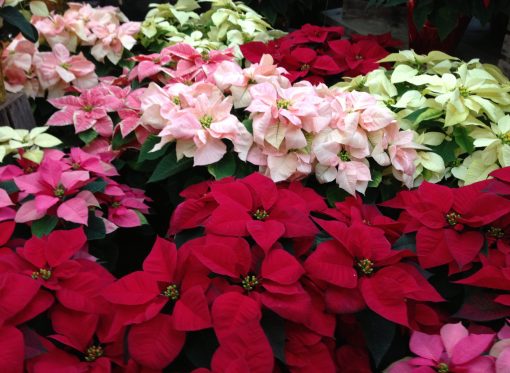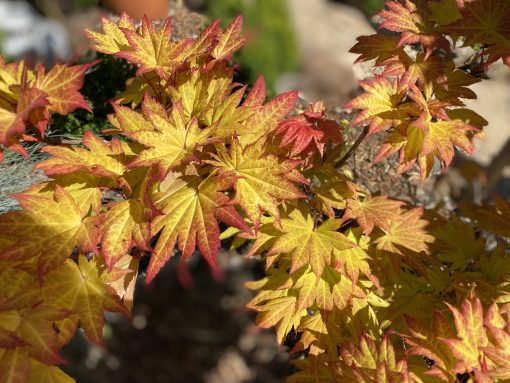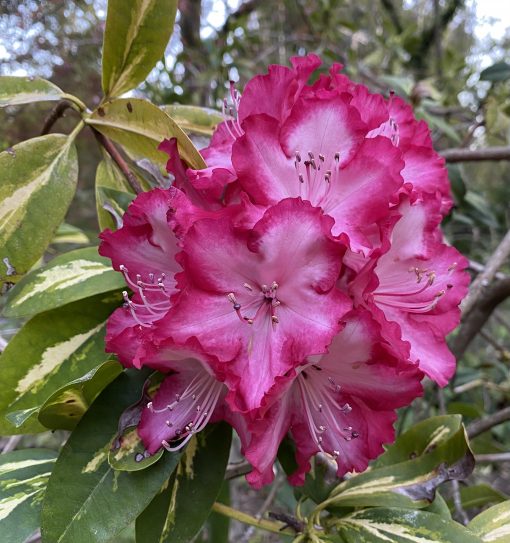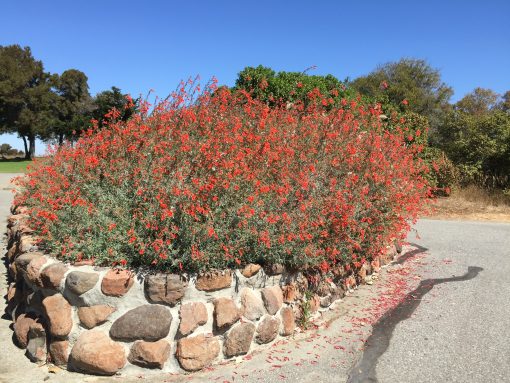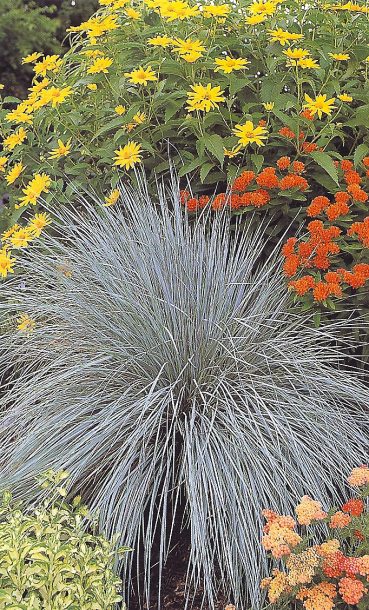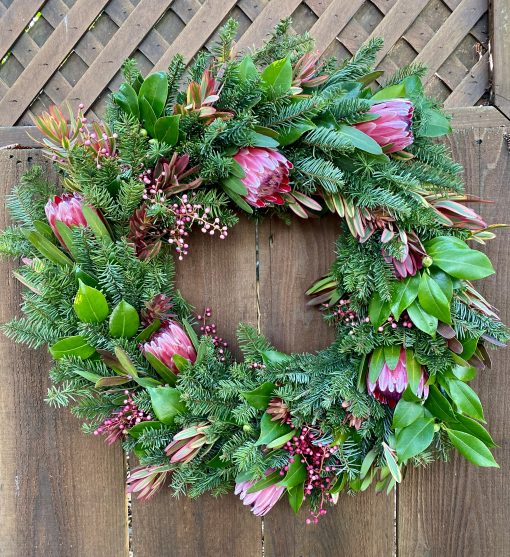
The call came last week reminding me of a much awaited annual holiday event. The Kelly’s wreath making party in Felton is something I look forward to each year to kick off the season.
The holiday season just wouldn’t be complete without a day spent with the Felton Christmas Wreath Makers at their annual get together at Barb’s house. Many of us regulars were anxious to get started and arrived midmorning eager to dig into the various piles of wreath making greens graciously supplied by Barb and her husband, Reg. We all shared stories and some laughs over glasses of sparkling cider or rose and french pastries.
I was first invited to the Annual Wreath Makers get together over 10 years ago but Barb has been creating wreaths with friends since about 2003. Friends and relatives come from near and far to make wreaths and enjoy some bubbly and pastries. Some will come from as far away as Folsom and Turlock.
We wreath makers had a great time. Barb told me a couple years ago that 44 wreaths were created over a few days. I made 5 on the day I was there. Another regular, Nancy, made two gorgeous wreaths and Barb made a perfect wreath for her front door. Hers are always stunners. Barbara explained that she once took a floral making class at Cabrillo. “I got hooked”, she says,”now I’m obsessed”. Some “wreathers” as we’re called, work fast putting together bundles of mixed foliage with lightening speed and attaching them to the frame with wire on paddles. Others are more meticulous grouping each bundle of various foliage with exactly the same mix. That’s pretty much it for required tools- gloves, clippers, a frame and paddle wire. A hot glue gun is a nice too for attaching accents like cones, berry clusters, driftwood, lichen, feathers, shells or flowers. Floral picks work nicely for small fruits like Meyer lemons, clementines or small pomegranates.
This year Barb and Reg collected a slightly different mix of material. “It’s different every year”, she said. During the drought years, they had to get creative as some of the greens didn’t look very good. This year they collected over 2 days – mostly on public land. They do have a source of variegated holly from a private garden up on Alba Road. Barb says she starts with a list of places and greenery they are looking for and hopes for the best.
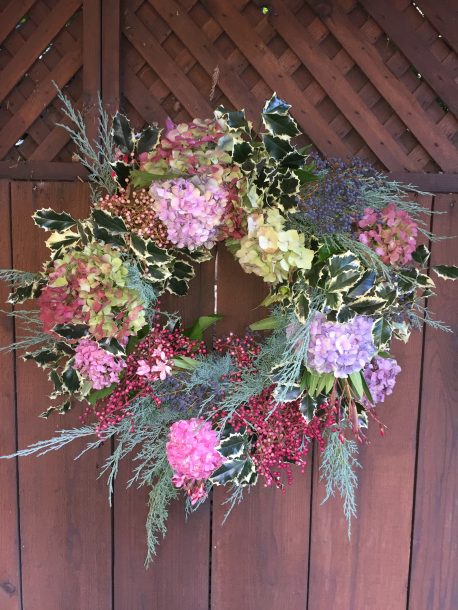
Everyone makes a slightly different style wreath choosing greens, berries, seeds pods and hydrangea blooms or flower clusters of eucalyptus, acacia, pittosporum and Ruby Glow tea tree. Hollywood juniper, deodar cedar, red cedar, black pine, boxwood, camellia, oleander with long, slender seed pods and red flower buds, California bay, privet with berries and bottlebrush are just some of the plant material that we used this year.
Take advantage of this opportunity to prune your evergreen shrubs and conifers but don’t whack off snippets indiscriminately. Cuttings from fir, redwoods, pine, holly, mahonia, strawberry tree, toyon and cotoneaster parneyi make fine additions to your wreath or swag. To reveal the plant’s natural form, prune from the bottom up and from the inside out. Avoid ugly stubs by cutting back to the next largest branch or back to the trunk. If the plant has grown too dense, selectively remove whole branches to allow more air and sunlight to reach inside the plant. Look outside for different shades of foliage and spent flower heads. You can make a stunning wreath yourself from most anything you find around your garden. You’ll be amazed at what you can find right outside your door.
If you’re thinking of getting together with your neighbors to make wreaths or swags, start by having each bring a couple grocery bags of greens to share with other wreath makers. It helps if you can borrow a couple tables and have a few extra clippers on hand in case someone forgets theirs like I did. Each person brings their own wreath frames of wire or grape vine and some thin gauge wire on a paddle to attach the bundles to the frame. Wire coat hangers work just fine, too.
Trust me, you can’t make can’t make a bad wreath. They all turn out beautiful.

